Technology is the key to a powerful transformation
As one of the important export pillars of the economy , the Vietnamese textile and garment industry is facing an unprecedented turning point. Global market fluctuations, increasingly stringent customer requirements, and pressure to transform green and digitalize are forcing the industry to change its thinking and operations. Innovation is no longer a temporary trend, but a vital path for the textile and garment industry to maintain its position and make breakthroughs in the new period.
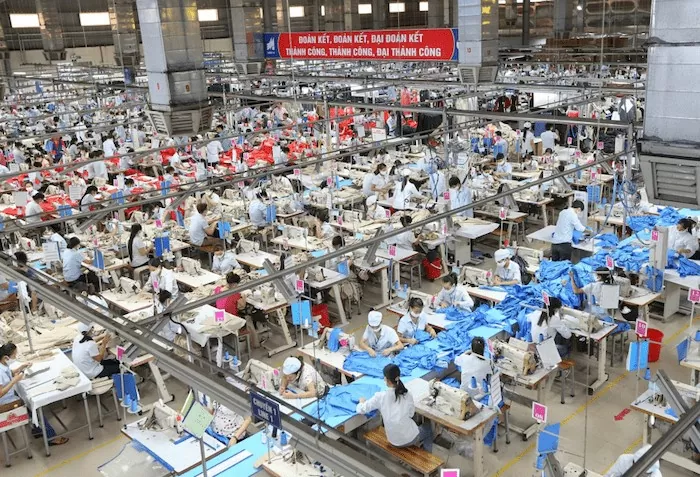 |
| The pressure to go green and digital is forcing businesses in the textile and garment industry to change their thinking and operations for sustainable development. |
According to the 2024 report, Vietnam's textile and garment industry faces many challenges such as: Declining orders, increasing input costs, while major export markets such as the US and EU continuously raise standards on goods origin, carbon emissions and social responsibility in the supply chain. In that context, businesses are forced to invest in modern technology, restructure the supply chain and move towards sustainable development.
Mr. Truong Van Cam, Vice President and General Secretary of the Vietnam Textile and Apparel Association (VITAS), commented that the biggest challenge now is to increase added value. We are still mainly in the processing position, with high export value but the actual value is not commensurate. To make a breakthrough, businesses must invest in technology, design, self-supply of raw materials and digital transformation.
One of the typical steps demonstrating innovative thinking is the event when Avery Dennison joined hands with Shenzhou Group to inaugurate a joint venture factory in Cu Chi ( Ho Chi Minh City). Avery Dennison Worldon Vietnam factory specializes in manufacturing high-tech garment products and solutions, including RFID smart labels and Embelex digital identification products. These products not only help enhance brand value but also increase transparency in the supply chain and promote domestic production capacity.
“We are building a future-ready manufacturing ecosystem where innovation is at the heart, helping brands thrive and driving sustainable growth for the entire industry,” said Michael Barton, representative of Avery Dennison Group.
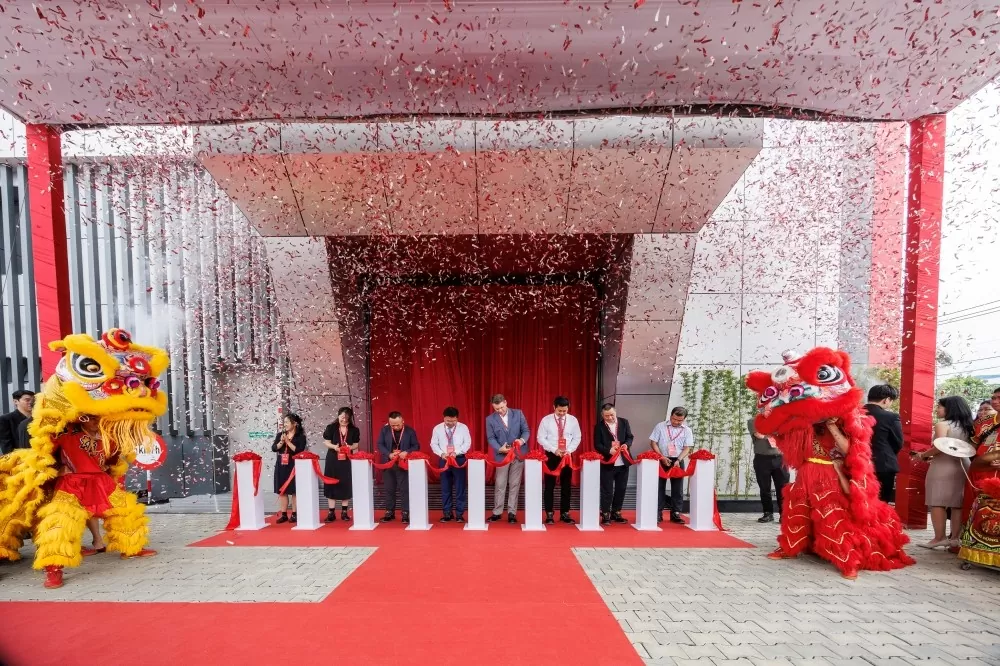 |
| Avery Dennison Worldon Vietnam factory specializes in manufacturing high-tech garment products and solutions. |
Aspiration to green the textile industry
In the context of the global move towards zero net emissions and a shift to responsible consumption, the concept of “greening” in the textile industry is no longer an option, but has become a mandatory condition for survival and development.
The greening aspiration is gradually being realized through specific, strong and determined actions from businesses and localities across the country. The textile and garment industry is not left out.
“If we do not transform in time, the textile and garment industry may lose the opportunity to access high-end markets. Greening is a matter of survival, not just a trend,” Mr. Truong Van Cam emphasized.
Many pioneering businesses have proactively invested in clean technology, energy-saving processes and modern wastewater treatment systems very early, instead of waiting for regulations to become mandatory. This is not only preparation for the future but also a strategy to create a competitive advantage in the present.
Along with the efforts of enterprises, the Vietnam Textile and Apparel Association has also proposed that the Government issue preferential credit policies for green technology investment projects and smart factories, while simplifying procedures for textile and dyeing industrial parks, a key factor in developing the domestic supply chain.
In the long term, Mr. Cam believes that the textile industry needs a comprehensive and sustainable strategy: from planning raw material areas, training high-quality human resources, to supporting trade promotion and building Vietnamese brands.
| Some experts in the industry also agree that Vietnam’s textile industry cannot remain in the position of “cheap processing” forever. To rise more strongly in the global value chain, it requires comprehensive innovation from leadership thinking, production technology to business model. Only when Vietnamese branded products can stand firm on international shelves, then we can truly become active players in the “big playground”. |
Source: https://congthuong.vn/cong-nghe-la-chia-khoa-cho-nganh-det-may-chuyen-minh-xanh-hoa-388910.html







![[Photo] Top players gather at the 2025 Nhan Dan Newspaper National Table Tennis Championship](https://vphoto.vietnam.vn/thumb/1200x675/vietnam/resource/IMAGE/2025/5/23/9ad5f6f4faf146b08335e5c446edb107)




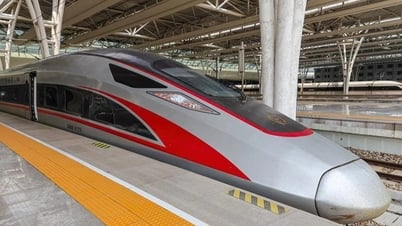

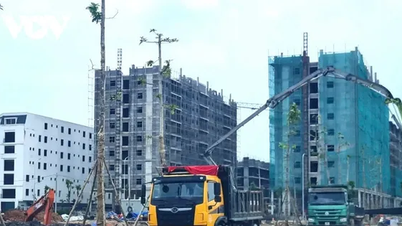





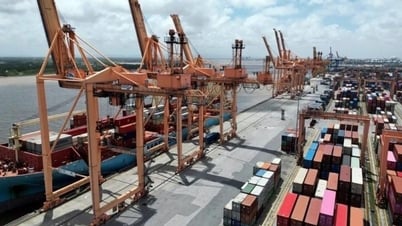
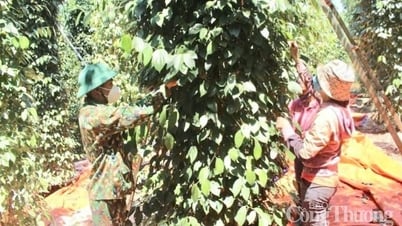
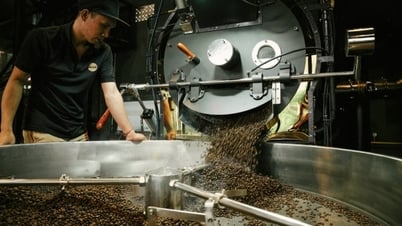


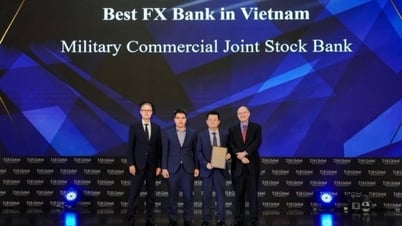












































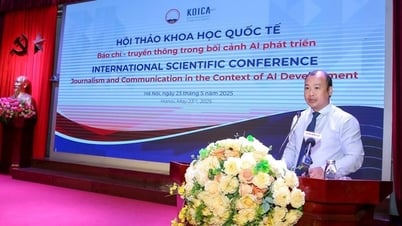


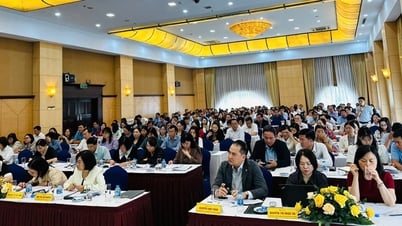


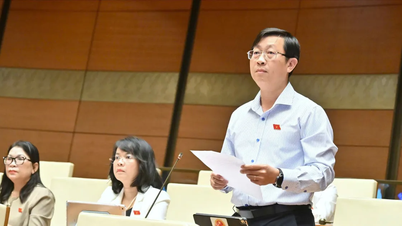
















Comment (0)